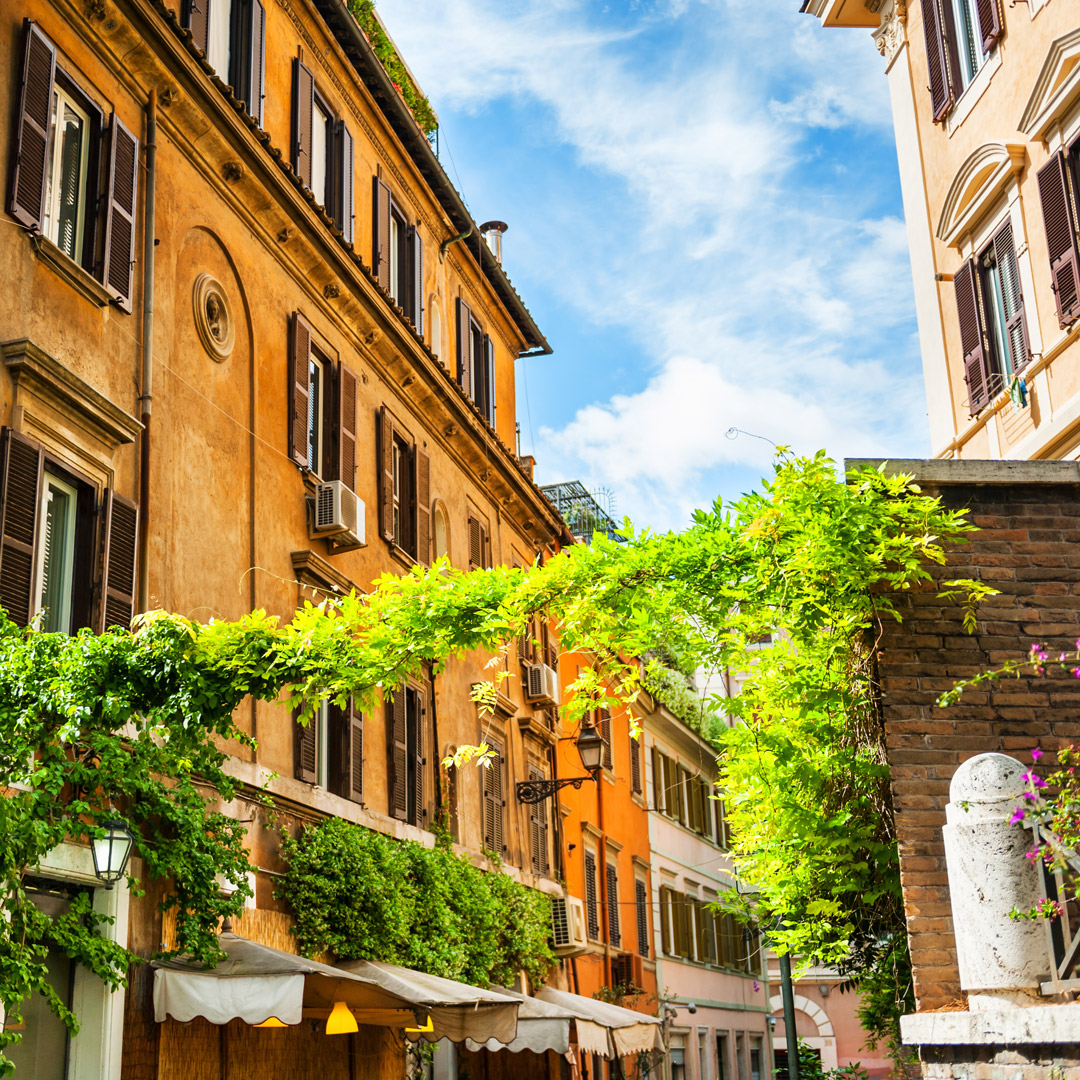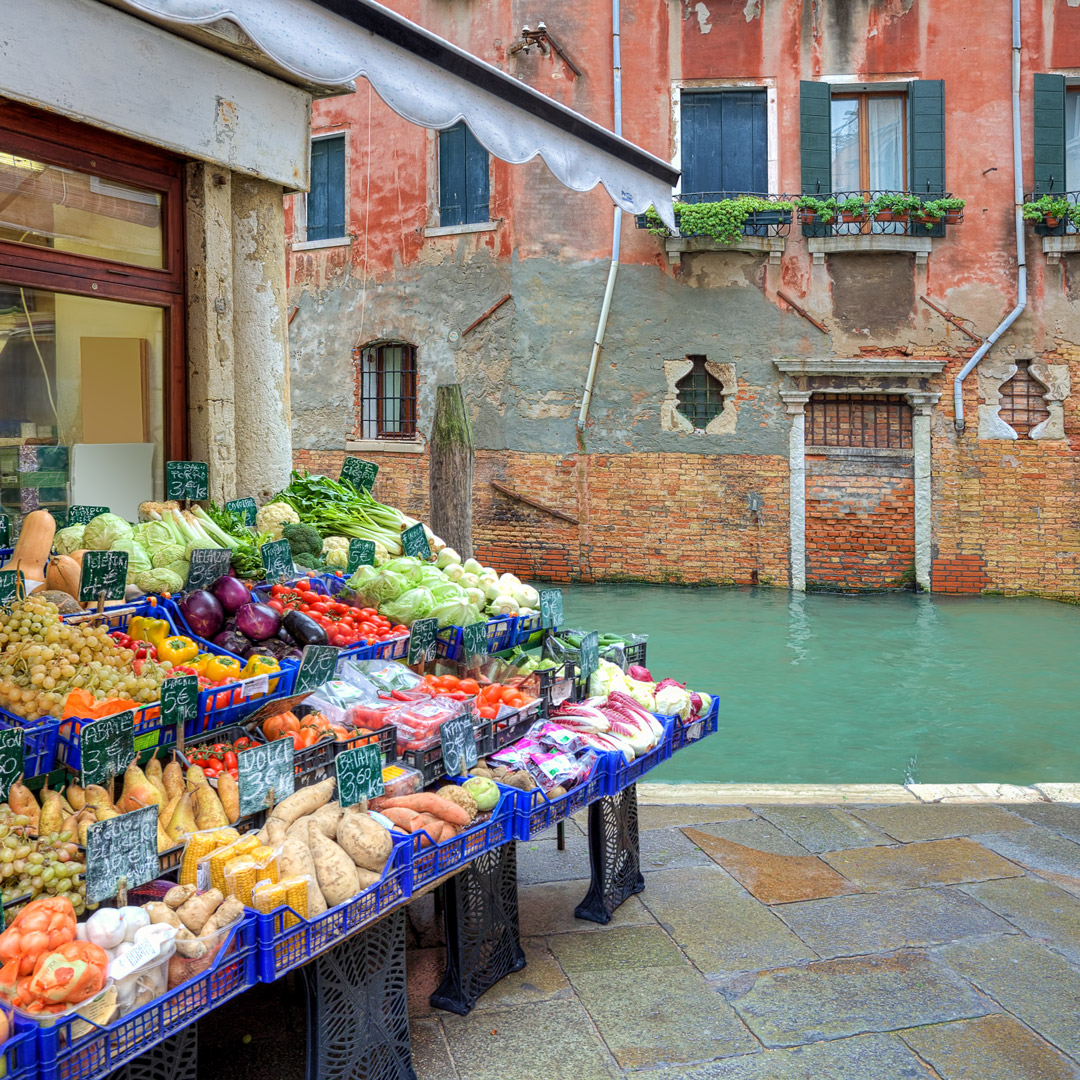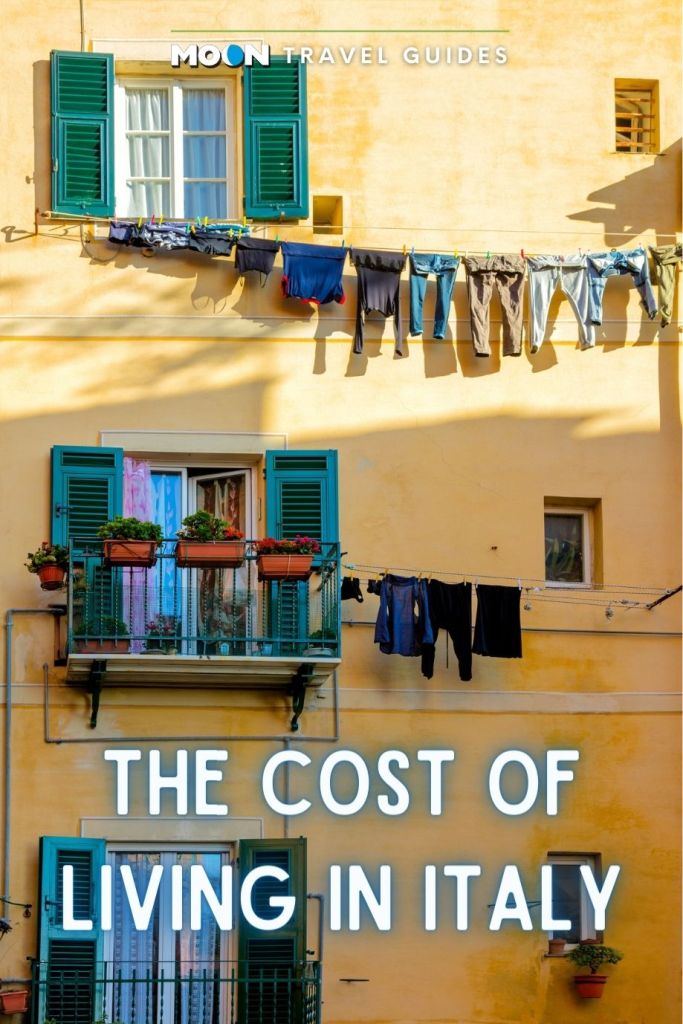The Cost of Living in Italy
The euro-to-U.S. dollar exchange rate has descended toward parity over the past few years, meaning that Italy is gradually becoming affordable once again for anyone earning greenbacks. Some North American shoppers might remember everything from a cappuccino to a leather jacket being a good buy in Italy, and those days may be returning.

Income-wise, living in Italy has always been within financial reach. Renting a home in the largest Italian cities is doable when compared to New York or San Francisco, and certainly compared to London. In the most expensive cities, Rome and Milan, €1,000 per month should land you a single-bedroom apartment somewhere within striking distance of downtown. (Keep in mind, though, that this figure represents about an entire month’s salary in Italy.)
The longer you stay, the more hidden costs you’ll find. More often than not, they take the form of taxes, on fuel especially; Italy is energy-poor, and likes to discourage the abuse of that precious commodity. Heating a modest apartment of 70 square meters, for example, costs at least €100 per month in the winter (and Italy is not a very cold place). Electricity is just as costly; no Italian would ever leave the house without first turning off all the lights.
Cars can almost be considered a luxury. Gasoline prices are more than twice what they are in the United States, and insurance doesn’t come cheap either. To insure a 10-year-old Volkswagen in the city, a young person will spend more than €1,000 per year for the minimum coverage—again, a monthly salary for the typical Italian under 30.
Newsletter Signup
By clicking ‘Sign Up,’ I acknowledge that I have read and agree to Hachette Book Group’s Privacy Policy and Terms of Use
How much you should budget per month depends, of course, on how much you earn and where you want to live. As a rule of thumb, the farther south you go, the cheaper life becomes, as earning potential decreases as you move down the peninsula. To get some idea of the discrepancy, rent in Naples costs about half as much as it does in Milan. And even Naples can be out of reach for those who live in small towns in Calabria and Basilicata.
These days, there aren’t many jobs to begin with. In 2015, unemployment in Italy among people in their 20s rose to about 44 percent. That bears repeating: Close to half of Italy’s young people have no jobs. The figures are lower than the national average in Milan and Turin, which is easily understood when you consider that of the 30 companies that traditionally made up the benchmark index on Italy’s stock exchange, 17 have their headquarters in one of those two cities. None have their headquarters in the South.
The smoggy North may appear to be an unpleasant place to spend your time when compared to the sunny lemon groves of Sicily, but then again, so is New Jersey when compared to the Florida Keys. Floridians can expect to be paid in “sunshine dollars.” So can Sicilians.
Your compensation depends on a lot of things: the type of job, your skills and experience, whether the company is Italian or North American, and so forth. But in the broadest terms, a college graduate with five years’ experience who makes US$50,000 per year in a major North American city might expect to be paid half of that in Italy. The majority of Italian blue-collar workers and many entry-level white-collar workers earn in the vicinity of €1,000 per month.

Expenses: Dividing Your Daily Bread
When you hear Italians complain about the cost of living, you might groan to yourself that life is tough all over. But when you consider that most annual salaries in Italy are well under €2,000 a month after taxes, you start to realize that in order for that kind of dough to feed a household here, it would take the miracle of five loaves and two fish.
For simplicity’s sake, let’s look at the numbers for a single person renting an average apartment of 60 square meters in the capital.
- Rent: The average rent in Rome is about €20 per square meter, which would put this apartment atabout €1,200 per month.
- Electricity: Amount varies according to usage, but an average of €50 a month is a conservative bet.
- Internet and Telephone: About €30 per month.
- Natural Gas: About €30 per month.
- Water: about €20 per month.
- Groceries: This is also hugely variable, but you won’t be eating very well on less than €200 per month.
- Public Transportation: A single bus ticket is €1.50, and a monthly pass is €35.
- Television: The yearly tax to support the state broadcaster is €110 (for whomever bought the television) and, depending on the sort of package, satellite TV will be about €30 per month.
- Total: €1,595
Homeowner costs, of course, greatly depend on the type of mortgage and the purchase price of the home, but those who plan to own an apartment in the city should also budget at least €1,000 per year for condominium fees and €300 per year for trash collection.
It’s a good thing coffee’s cheap: only €1.20 for an espresso at the local bar.
Newsletter Signup
By clicking ‘Sign Up,’ I acknowledge that I have read and agree to Hachette Book Group’s Privacy Policy and Terms of Use
Pin For Later


